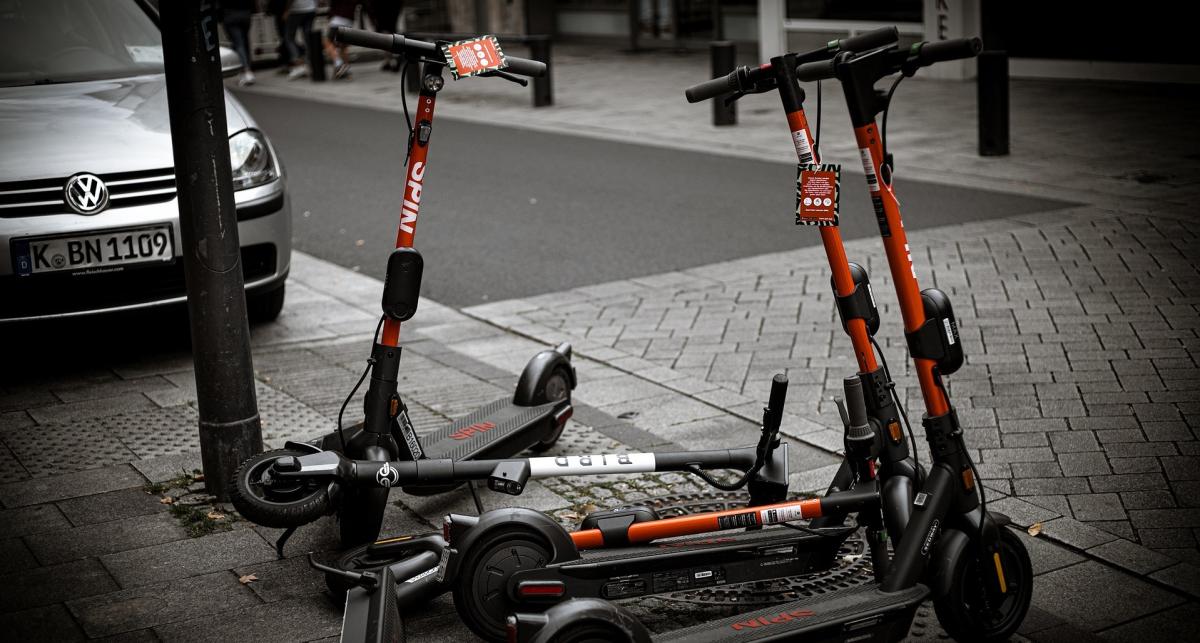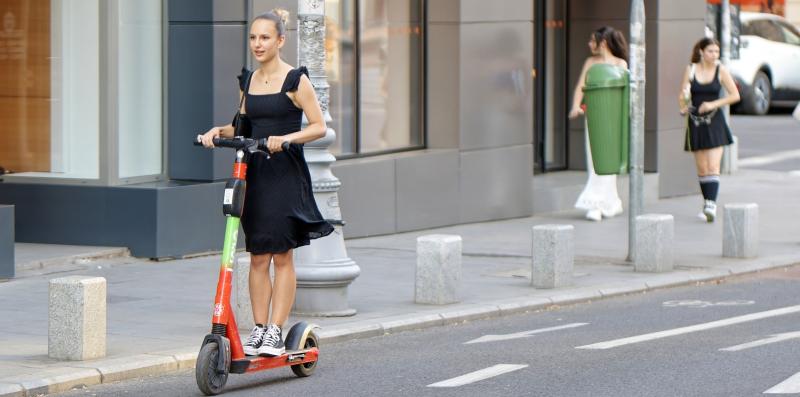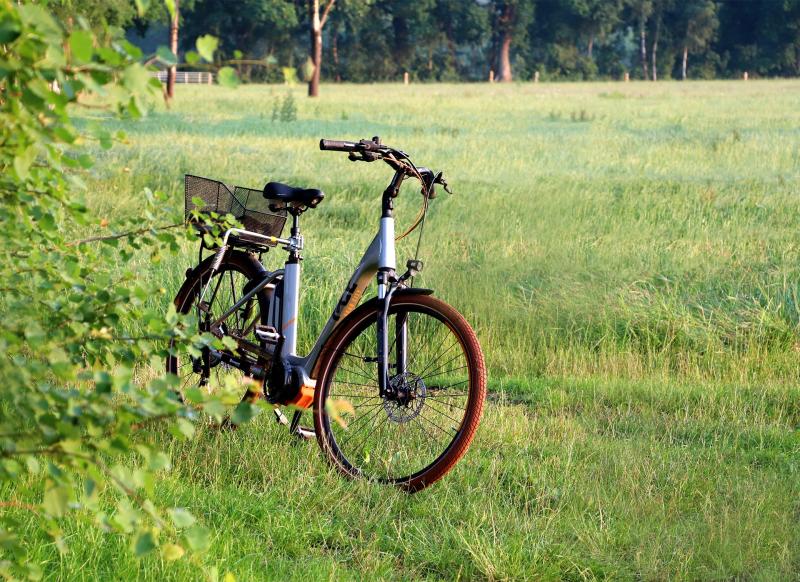It can be frustrating when your electric scooter won’t start, especially if you’re relying on it for daily commutes or leisure rides. Luckily, most issues are easy to identify and fix with a bit of troubleshooting. In this guide, we’ll walk you through the most common problems that can prevent an electric scooter from starting and provide step-by-step instructions to get it running again.
Why Your Electric Scooter Won’t Start
Electric scooters rely on various interconnected systems, including the battery, motor, throttle, and wiring. A failure in any of these components can prevent your scooter from starting. Understanding the root cause is the first step in fixing the problem. Below, we’ll explore potential issues and solutions.
Step 1: Check the Battery
The battery is often the primary culprit when an electric scooter won’t start. Follow these steps to ensure your battery is in working condition:
- Verify the Charge Level: Check if the battery is fully charged by inspecting the battery indicator on your scooter or charger. Plug the charger into a power source and connect it to your scooter.
- Inspect the Charger: Make sure the charger is functioning properly. If the charger’s indicator light doesn’t turn on, it may be faulty and require replacement.
- Check Battery Connections: Ensure the battery is securely connected to the scooter’s terminals. Loose or corroded connections can interrupt power flow.
- Test the Battery: Use a multimeter to measure the battery’s voltage. If the voltage is significantly below the rated capacity, the battery may need replacement.
Pro tip: If the battery is completely dead, consider replacing it with a compatible model from the scooter’s manufacturer.
Step 2: Inspect the Power Switch
The power switch or key ignition is another common source of problems. Here’s how to troubleshoot:
- Ensure the Switch is On: Verify that the power switch is in the “on” position. Some scooters require holding the button for a few seconds to power on.
- Check for Damage: Inspect the switch or ignition key for visible damage, such as loose wiring or broken components.
- Test the Connection: Use a multimeter to test the switch for continuity. If there’s no connection, the switch may need replacement.
Best practice: Replace damaged switches with official parts from the manufacturer to ensure compatibility.
Step 3: Examine the Throttle
A malfunctioning throttle can prevent the scooter from responding when you try to start it:
- Inspect the Throttle Cable: Ensure the throttle cable is securely connected to the motor controller. Look for frayed or damaged wires.
- Test the Throttle: Use a multimeter to check the throttle’s output voltage. A lack of voltage indicates a faulty throttle that needs replacement.
Pro tip: If the throttle feels stuck or unresponsive, clean it with an electronic-safe contact cleaner.
Step 4: Verify the Motor and Controller
The motor and controller work together to power your electric scooter. Here’s how to troubleshoot these components:
- Check for Overheating: If the motor or controller has overheated during previous rides, it may temporarily stop functioning. Allow them to cool down before trying again.
- Inspect the Controller: Look for signs of damage, such as burnt smells or melted wires. A damaged controller may need replacement.
- Test the Motor: Disconnect the motor from the controller and test it with a multimeter. A lack of resistance may indicate a motor issue.
Safety tip: Always disconnect the scooter from the battery before working on the motor or controller to avoid electric shocks.
Step 5: Inspect the Wiring
Faulty or loose wiring can interrupt power flow and prevent your scooter from starting:
- Check for Loose Connections: Inspect all wiring connections, including those between the battery, motor, controller, and throttle. Secure any loose wires.
- Look for Damage: Examine the wiring harness for frayed, cut, or exposed wires. Repair damaged wires with electrical tape or replace the wiring harness if necessary.
- Test the Circuit: Use a multimeter to test for continuity across the wiring system. Fix any breaks in the circuit.
Best practice: Use heat shrink tubing to protect repaired wires from further damage.
Step 6: Reset or Replace the Fuse
Most electric scooters are equipped with a fuse or circuit breaker to protect the electrical system. If the fuse blows or the breaker trips, your scooter won’t start:
- Locate the Fuse: Check your scooter’s user manual to locate the fuse or circuit breaker.
- Inspect the Fuse: Remove the fuse and check for signs of damage, such as a broken filament. Replace blown fuses with ones of the same amperage rating.
- Reset the Breaker: If your scooter has a circuit breaker, press the reset button and try starting the scooter again.
Pro tip: Avoid using higher-rated fuses, as they can damage the electrical system.
Step 7: Perform a Diagnostic Test
If the issue persists, performing a diagnostic test can help identify the root cause:
- Use a Diagnostic Tool: Some scooters come with built-in diagnostic systems or apps that display error codes. Check the user manual for instructions.
- Interpret Error Codes: Look up the error codes in the manual or on the manufacturer’s website to pinpoint the issue.
Pro tip: Contact the manufacturer’s support team for assistance if you’re unable to resolve the issue yourself.
Real-Life Example: Fixing a Non-Starting Scooter
Emma’s electric scooter wouldn’t start after a long ride. She followed these troubleshooting steps, discovering that the battery connection was loose. After securing the connection and fully charging the battery, her scooter started working perfectly again, saving her the cost of professional repairs.
Conclusion: How to Fix an Electric Scooter That Won’t Start
When your electric scooter won’t start, it’s important to stay calm and methodically troubleshoot the issue. By checking the battery, power switch, throttle, motor, wiring, and fuse, you can identify and fix most common problems. Regular maintenance and proper care will also help prevent future issues, ensuring your scooter remains reliable and ready to ride.



